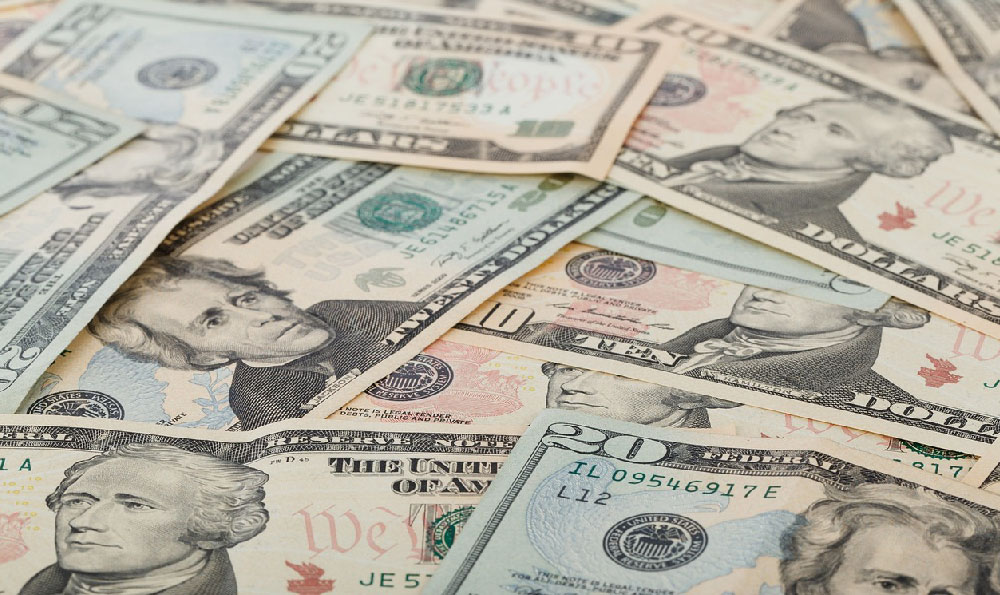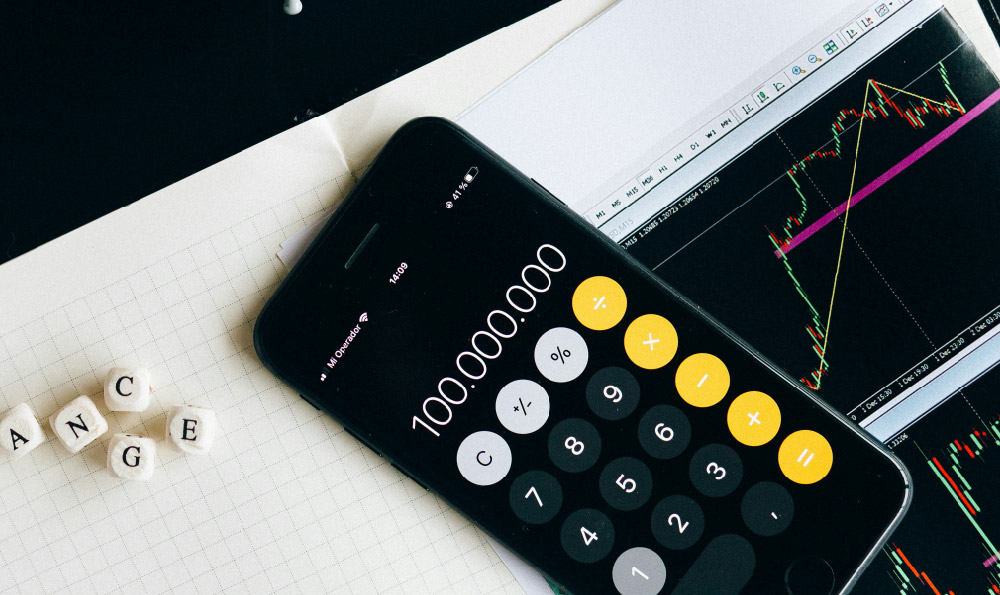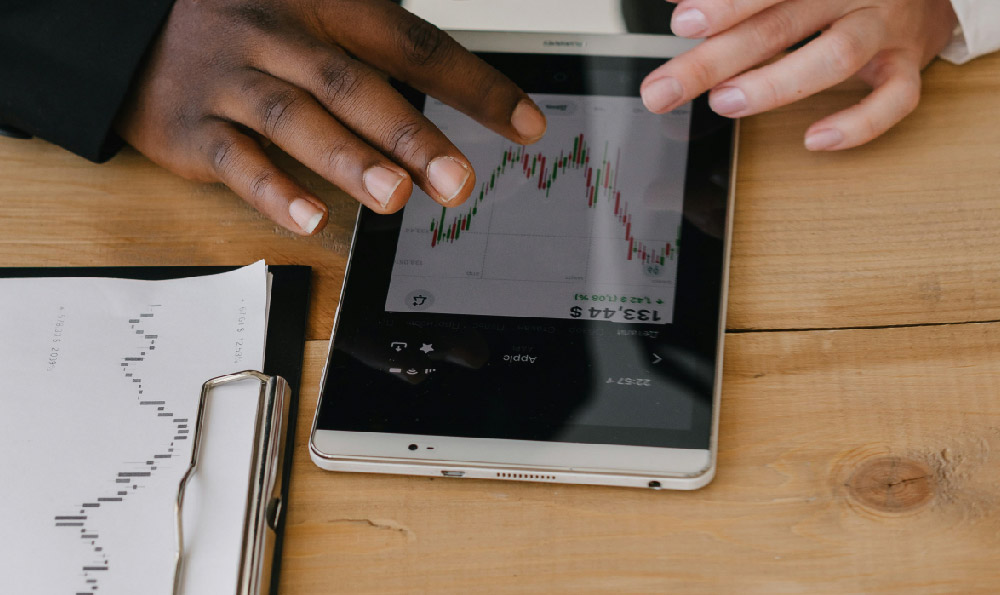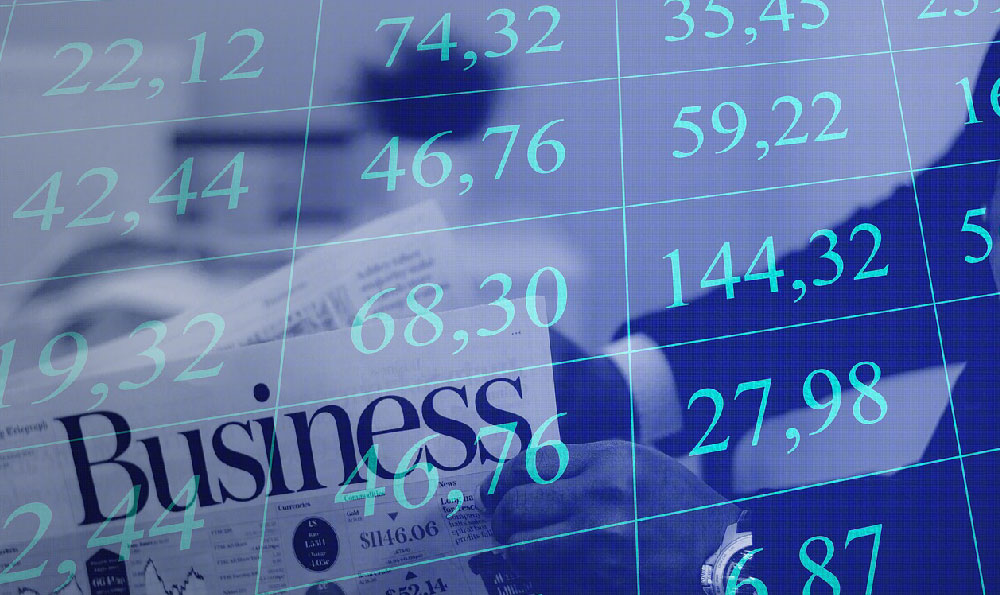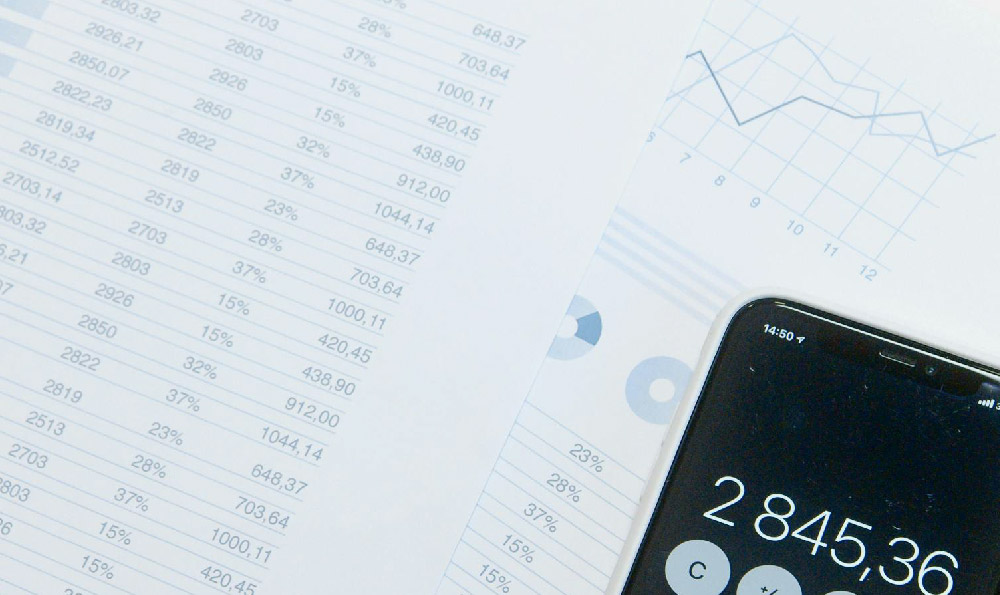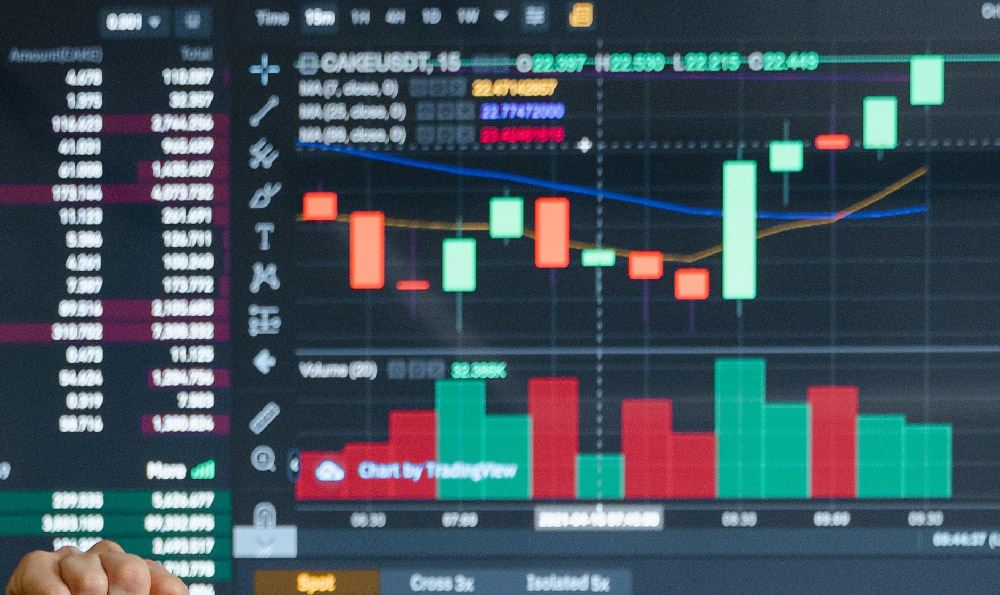How to Obtain and Complete a Money Order: What Is It and Where Can I Get One?

A money order is a reliable and often inexpensive way to send money, especially when dealing with individuals or businesses that don't accept personal checks or credit cards, or when you prefer not to share your bank account information. It acts as a prepaid check, guaranteed by the issuer, making it a safer alternative to cash. Understanding how to obtain and complete a money order is a valuable skill for anyone navigating the financial world.
The first step towards securing a money order is understanding where to acquire one. Several options exist, each with its own pros and cons. Post offices, particularly those operated by the United States Postal Service (USPS), are a popular and trustworthy choice. They offer money orders with relatively low fees, often under $2, and are widely accessible. Major retail stores like Walmart, Kroger, and Western Union also provide money order services. These locations often have extended hours, including weekends and evenings, making them convenient for those with busy schedules. Banks and credit unions, while generally offering more comprehensive financial services, may also issue money orders to their account holders. However, non-customers may face higher fees or even be denied the service. Finally, certain convenience stores and check-cashing businesses might offer money orders, but it's crucial to be cautious when using these providers. Their fees can be significantly higher, and their reliability may vary. Always research the provider's reputation before entrusting them with your money.
Once you've chosen a reputable issuer, the process of obtaining a money order is relatively straightforward. You'll typically need to visit the physical location of the provider. Be prepared to present a valid photo ID, such as a driver's license or passport, as this is a standard security measure to prevent fraud and ensure that the transaction is legitimate. You will need to specify the exact amount you wish to send, and pay that amount in cash, debit card, or sometimes credit card (although using a credit card might incur cash advance fees from your credit card company). Some providers might have a limit on the maximum amount allowed on a single money order, so if you need to send a larger sum, you might have to purchase multiple money orders.
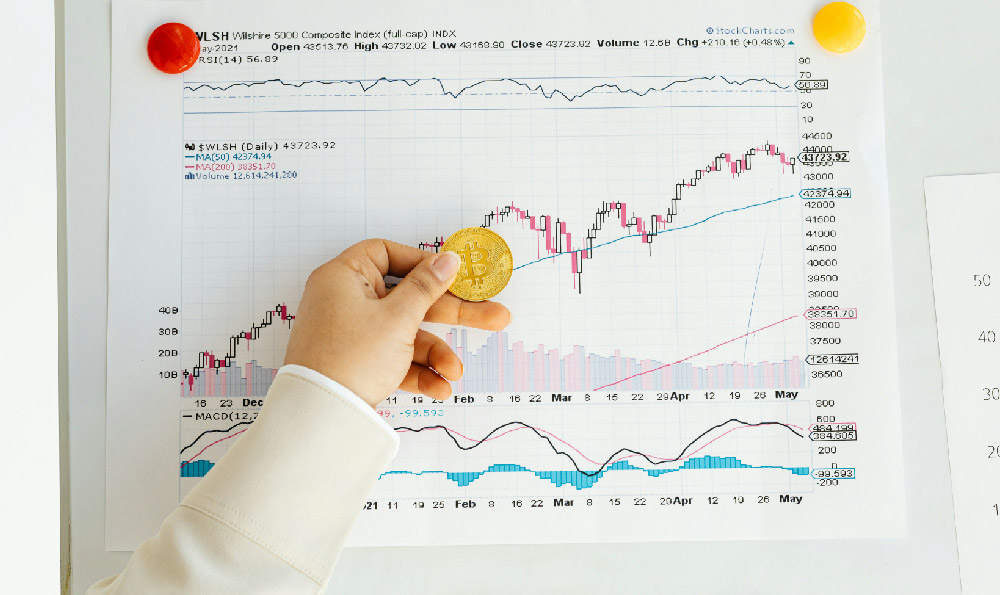
The next stage involves completing the money order itself. The form typically includes several fields that need to be filled out accurately. The "Pay To" or "Payee" field requires you to write the name of the person or business you are sending the money to. It's crucial to double-check the spelling and ensure accuracy to avoid any issues with cashing the money order. The "Address" field is usually optional, but it's a good practice to include the payee's address for identification purposes. The "Purchaser" or "Sender" field requires your name and address. This is important as it identifies you as the person who purchased the money order and allows the issuer to contact you if there are any issues. A "Memo" or "For" field is often provided for you to write a brief note indicating the purpose of the payment. This can be helpful for both you and the recipient to keep track of the transaction. Finally, and most importantly, you will need to sign the money order in the designated "Signature" field. Without your signature, the money order is invalid.
Before leaving the issuer's location, take a moment to carefully review the completed money order to ensure all information is accurate and legible. Any errors or omissions could delay or prevent the recipient from cashing it. Also, remember to obtain and carefully store the receipt that you receive when you purchase the money order. This receipt serves as proof of purchase and is crucial if the money order is lost, stolen, or damaged. It contains a tracking number that allows you to trace the status of the money order and initiate a claim for a refund if necessary.
After obtaining and completing the money order, it's your responsibility to send it to the intended recipient. The most common method is through the mail. Consider using a trackable mailing service, such as certified mail or priority mail with tracking, to provide added security and peace of mind. This will allow you to monitor the delivery status of the money order and confirm that it has been received. Alternatively, you can hand-deliver the money order to the recipient if that is more convenient and secure.
While money orders are generally safe, it's essential to be aware of potential scams and take precautions to protect yourself. Never purchase a money order for more than the agreed-upon amount, and never send a money order to someone you don't know or trust. Be wary of requests to wire money or send money orders to unfamiliar individuals or businesses, especially if the request seems suspicious or too good to be true. If you receive a money order for an amount greater than expected, do not cash it. It could be part of a scam, and you could be held liable for the full amount. If you suspect that you've been targeted by a money order scam, report it to the issuer, the Federal Trade Commission (FTC), and your local law enforcement agency immediately.
In summary, obtaining and completing a money order is a straightforward process that offers a secure and reliable way to send money. By choosing a reputable issuer, filling out the form accurately, keeping the receipt safe, and being vigilant against scams, you can use money orders effectively for various financial transactions. This understanding empowers you to navigate financial interactions with confidence and security.



